Stillbirth is 10 times more common than sudden infant death syndrome (SIDS). Yet there is much greater awareness of cot death and how to prevent it than there is of stillbirth.
The statistic comes as a shock to those unfamiliar with stillbirth. But for Dr (PhD) Daniel Nuzum, Lecturer at University College Cork (UCC) and Pastoral Care Advisor at Cork University Maternity Hospital (CUMH), the statistic is a familiar one.
<img src=”../attachments/274057d7-2a61-4838-8562-a113f755004e.PNG” alt=”” />
<strong>Dr Daniel Nuzum</strong>
Dr Nuzum has been part of the Pregnancy Loss Research Group led by CUMH Consultant Obstetrician Dr Keelin O’Donoghue since its inception at UCC and CUMH.
During his time providing pastoral care to bereaved parents at the hospital, Dr Nuzum became interested in learning more about the area and completed a doctorate looking at the spiritual and professional impact of stillbirth.
“It prompted questions from me about how we provide care and how we meet the needs of bereaved parents during what is a very difficult time. When most people think of a maternity hospital, they think of everyone coming in and having their baby and the feeling of joy, but for a number of our parents, that is not the case,” Dr Nuzum explained.
<h3 class=”subheadMIstyles”>Studies</h3>
He has published a number of studies on the topic and most recently an article, ‘The impact of stillbirth on bereaved parents: A qualitative study’ featured in the scientific journal <em>PLOS One</em>.
Meanwhile, ‘The public awareness of stillbirth: An Irish population study’ was published late last year in <em>BJOG</em>, <em>An International Journal of Obstetrics and Gynaecology</em>.
The latter study concluded: “There is a lack of public knowledge concerning the incidence, risk factors and causes of stillbirth. Improved public health initiatives and antenatal education are warranted to increase awareness of stillbirth risk factors and to improve care and monitoring during pregnancy.”
The findings were the result of a random cross-sectional telephone survey of 999 Irish residents.
“Part of reducing preventable stillbirth is assessing the knowledge base of people to understand what the risk factors are, because if you don’t know what the risk factors are, you don’t know what to look out for. That was a big thing that came out for us in the public awareness paper — that 56 per cent of participants were unable to identify a single risk factor for stillbirth, and that raises a health issue. How do we increase awareness of stillbirth in a calm way, not in a way that might frighten pregnant mums and their partners?” Dr Nuzum asked.
The study revealed that 79 per cent believed that all stillbirths should be medically investigated. Stillbirth was represented in traditional and online media for 75 per cent of respondents and 54 per cent said they personally knew someone who had a stillbirth.
The <em>PLOS One</em> study explored the “lived experiences and personal impact of stillbirth on bereaved parents”.
“Bereaved parents would tell us about the sense of isolation they experience,” Dr Nuzum revealed of the study, which involved in-depth interviews.
“That they, for example, never knew this [stillbirth] was a possibility. If you contrast that with, say, education around sudden infant death syndrome, cot death, there is lots of public awareness around cot death… but stillbirth is 10 times more common than cot death. I don’t think we frighten parents by giving them information about cot death, so I would indicate that the same would be true of stillbirth.
“It helps us to hear what this experience is really like for bereaved parents. What it’s like to experience that utter devastation when literally, in an instant you can move from expecting a new baby and planning the future, and then suddenly for that to be changed. Now you’re experiencing profound grief that will always be there with you.”
Some 2.6 million stillbirths occur internationally every year and in Ireland, the national stillbirth rate is 4.5 per 1,000, according to the <em>Perinatal Mortality in Ireland Annual Report 2015</em>.
<h3 class=”subheadMIstyles”>Standards</h3>
In 2016, the HSE published the <em>National Standards for Bereavement Care Following Pregnancy Loss and Perinatal Death</em>. Dr Nuzum was involved in the bereavement standards working group in devising the standards. He is currently working with Dr O’Donoghue, Chair of the National Implementation Group for the standards, in their implementation.
The standards define the care parents and families can expect to receive following a pregnancy loss or perinatal death and focus on four areas, including: Bereavement care; the hospital; the baby and parents; and staff.
They were developed in response to recommendations in the HSE’s investigation report into the death of Savita Halappanavar and the report of Dr Peter Boylan following his review of maternity cases at Portlaoise Hospital.
“What’s really important about the bereavement standards is to be able to have a consistency of care around each of our 19 maternity units. Whether you are in one of the smaller units or you’re in the largest unit, if you’re a bereaved parent, you deserve the best quality of care and access to care and access to diagnostics,” Dr Nuzum said.
“In the media, we’ve learned in recent years that experiences around the country would be very different for parents and so the great thing about the bereavement standards is, for the first time we have a national guideline, a national standard, and so that means that we have a template to work from and a guideline to benchmark our services. If you are a bereaved parent, in many ways it doesn’t really matter whether it happens every week in the unit or you’re the only one in the year, because to you, that is your one bereavement, so wherever you are, your experience is really important.”
The standards are aiming to ensure consistency of care across every unit and delivery of the best care for parents.
Dr Nuzum said that, while the outcome cannot be changed, how hospitals and healthcare professionals care for bereaved parents can be changed.
“We can do a lot of work to improve our communication and facilities and to improve joined-up and integrated care for bereaved parents, because everything impacts on their overall experience,” he said.
“For example, in our hospital we have a logo and sticker that we use so that everybody knows that this is a bereaved family and they are cared for in a particular way… how their appointments are scheduled or cancelled, flexible visiting hours so their partner can stay overnight, and so forth. These may sound like little things but they are really important for families.”
<h3 class=”subheadMIstyles”>Staff education</h3>
Another area of focus for Dr Nuzum is staff education and support. He places a huge emphasis on the importance of nurturing and educating staff in order to provide the best possible care to patients.
“Because we’re human, it is a tragedy when a baby dies and we can have a sense of failure and a sense of ‘did I miss something here?’ and that’s hard, so we also do a lot of work around how we support staff and look after our team.
“Ultimately, everything goes back to our bereaved parents because if a team is well cared for, then they care better for the people they are looking after. From my point of view, everything returns to bereaved parents. They are at the heart of everything we’re doing.”
<div style=”background: #e8edf0; padding: 10px 15px; margin-bottom: 15px;”> <h3 class=”subheadMIstyles”>HSE National Standards for Bereavement Care following Pregnancy Loss and Perinatal Death (2016)</h3> <p class=”subhead2MIstyles”><strong>The standards are built around four central themes:</strong>
<p class=”listnumberedallotherlinesMIstyles”>Bereavement Care is central to the mission of the hospital and is offered in accordance with the religious, secular, ethnic, social and cultural values of the parents who have experienced a pregnancy loss or perinatal death.
<p class=”listnumberedallotherlinesMIstyles”>The hospital has systems in place to ensure that bereavement care and end-of-life care for babies is central to the mission of the hospital and is organised around the needs of babies and their families.
<p class=”listnumberedallotherlinesMIstyles”>The baby/family receives high-quality palliative and end-of-life care that is appropriate to his/her needs and to the wishes of his/her parents.
The hospital staff have access to education and training opportunities in the delivery of compassionate bereavement and end-of-life care in accordance with their roles and responsibilities.
</div>
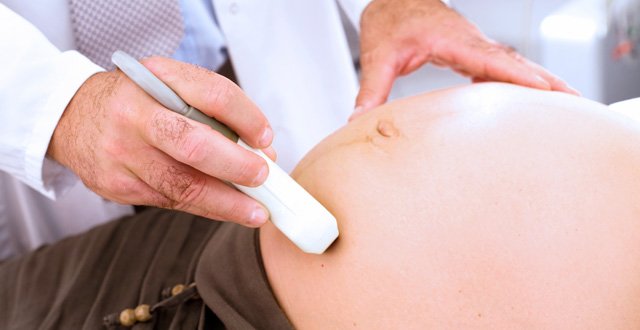
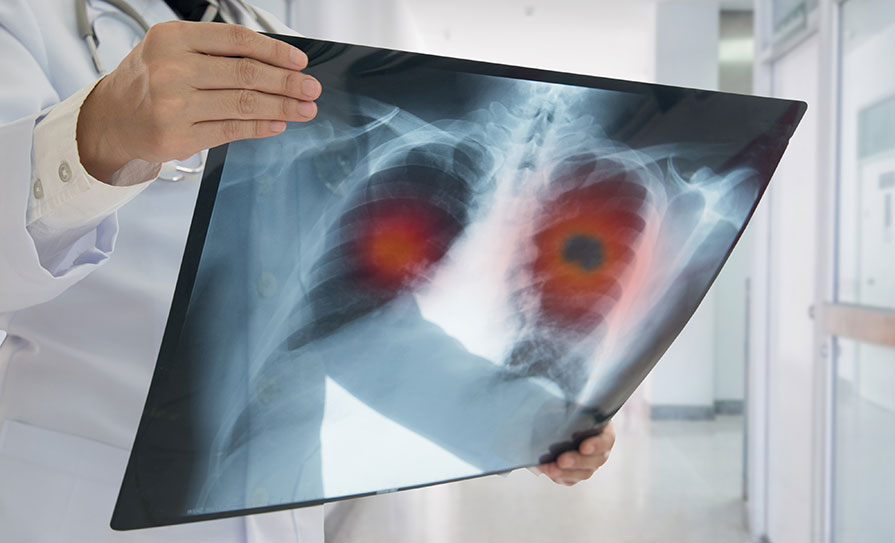

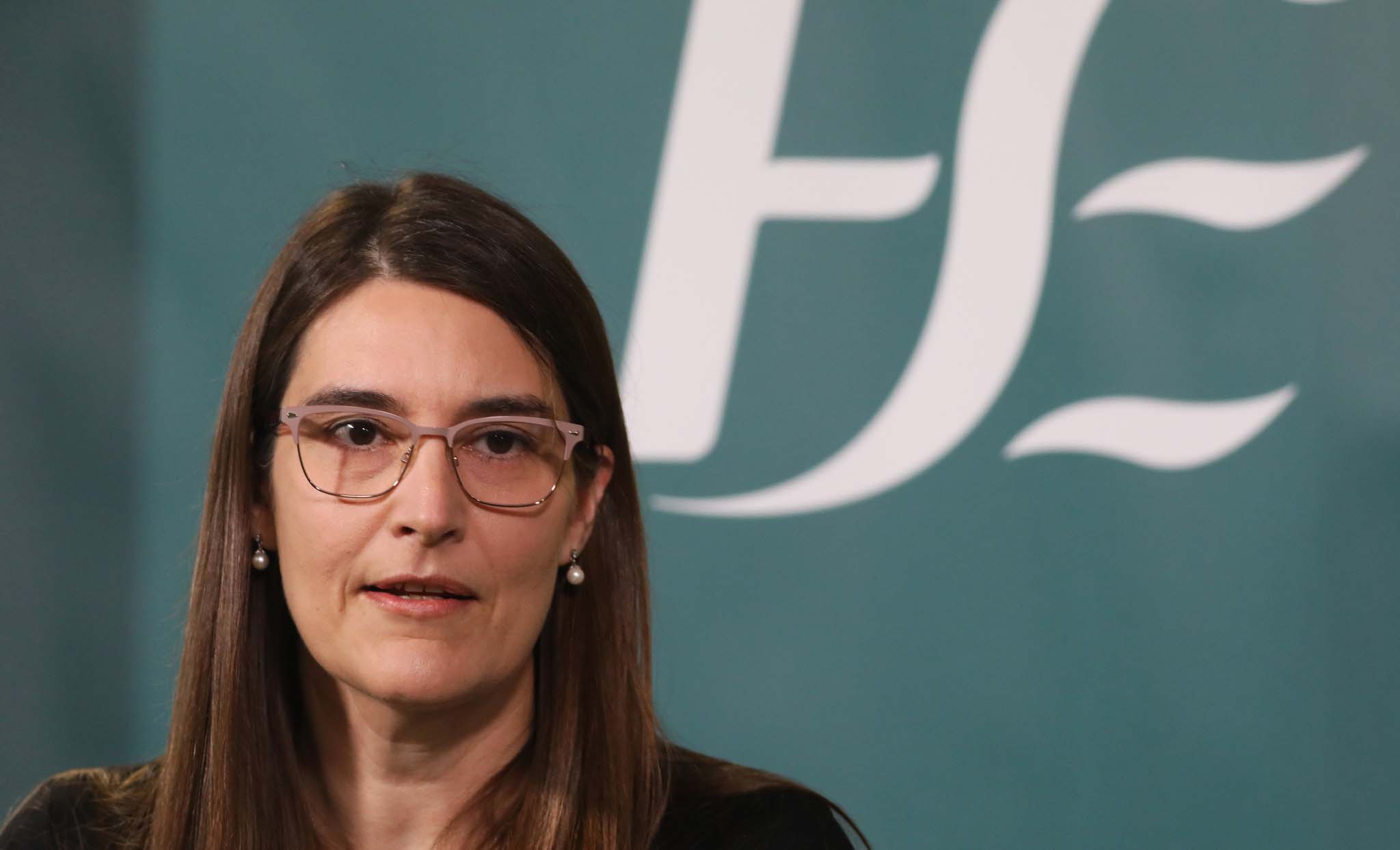
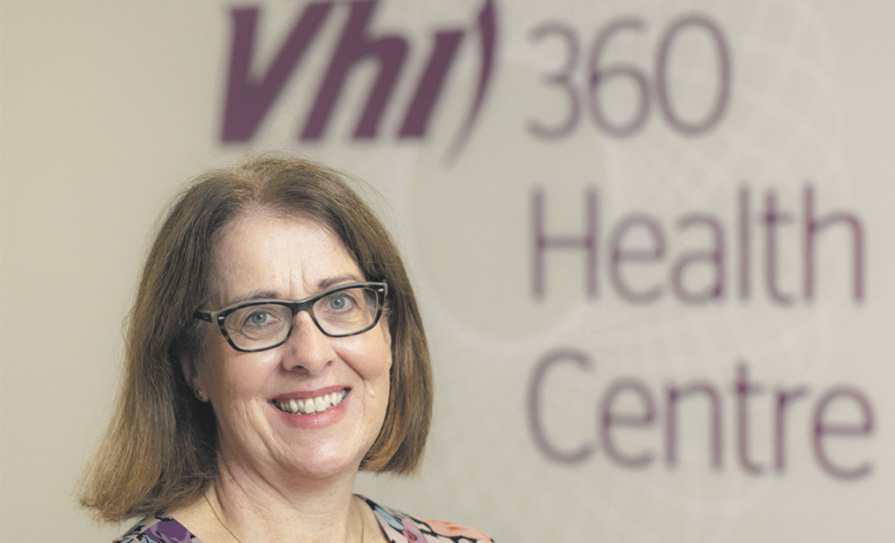



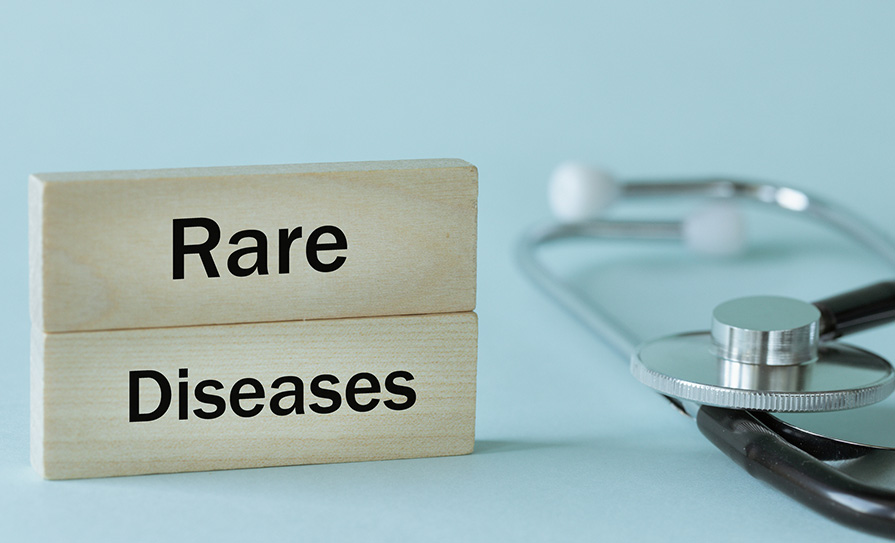




Leave a Reply
You must be logged in to post a comment.